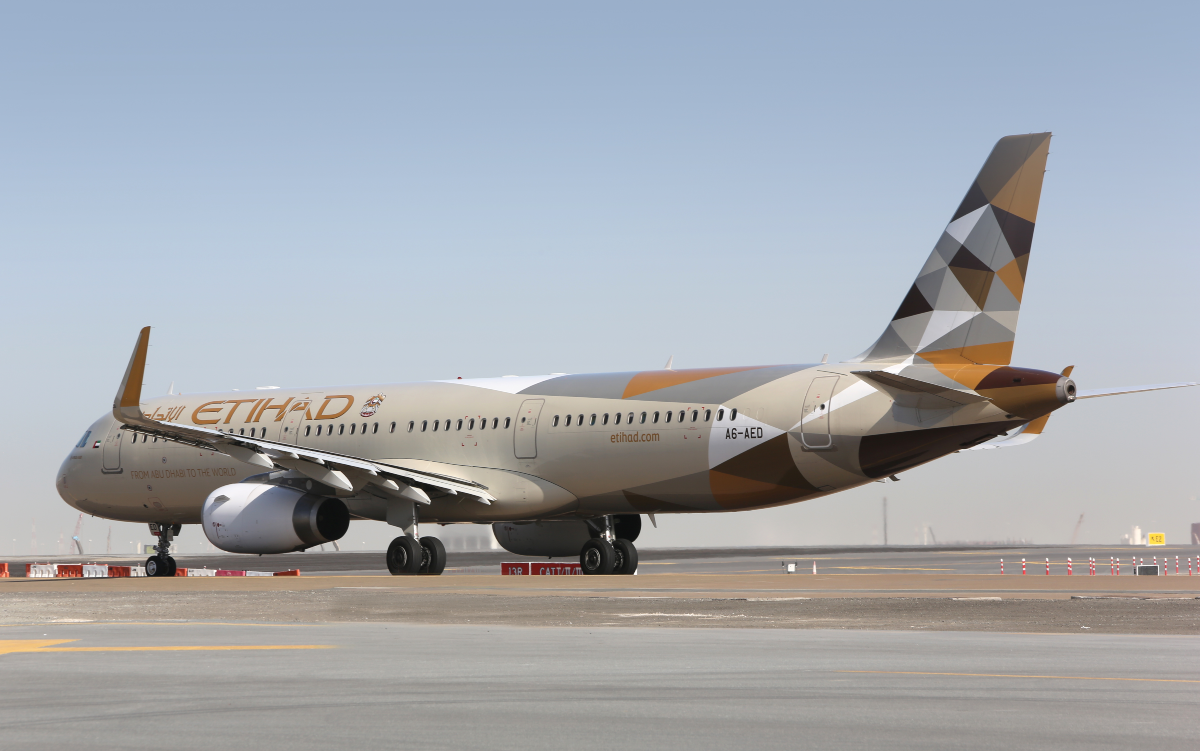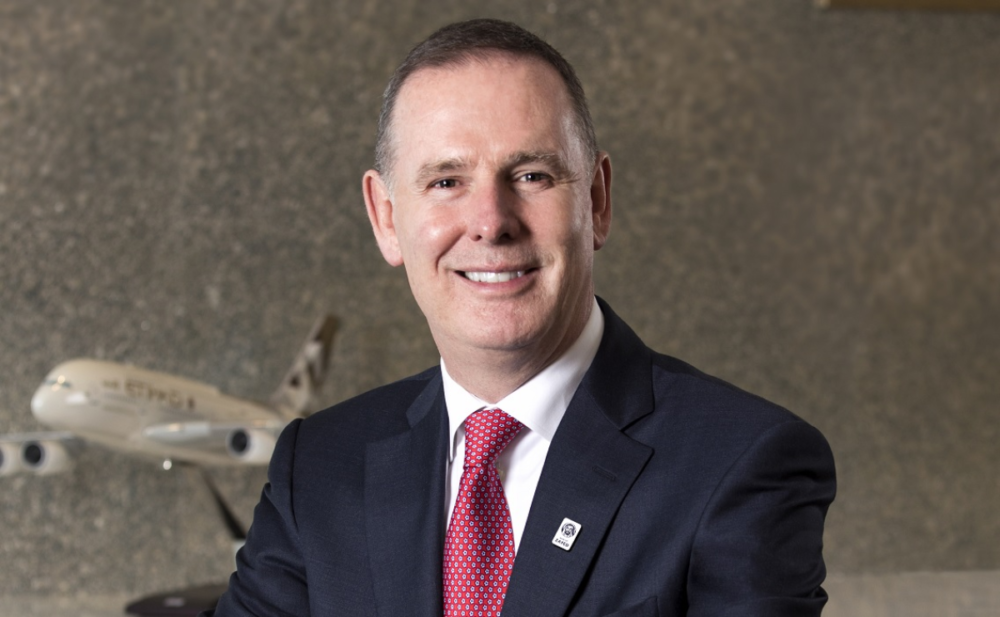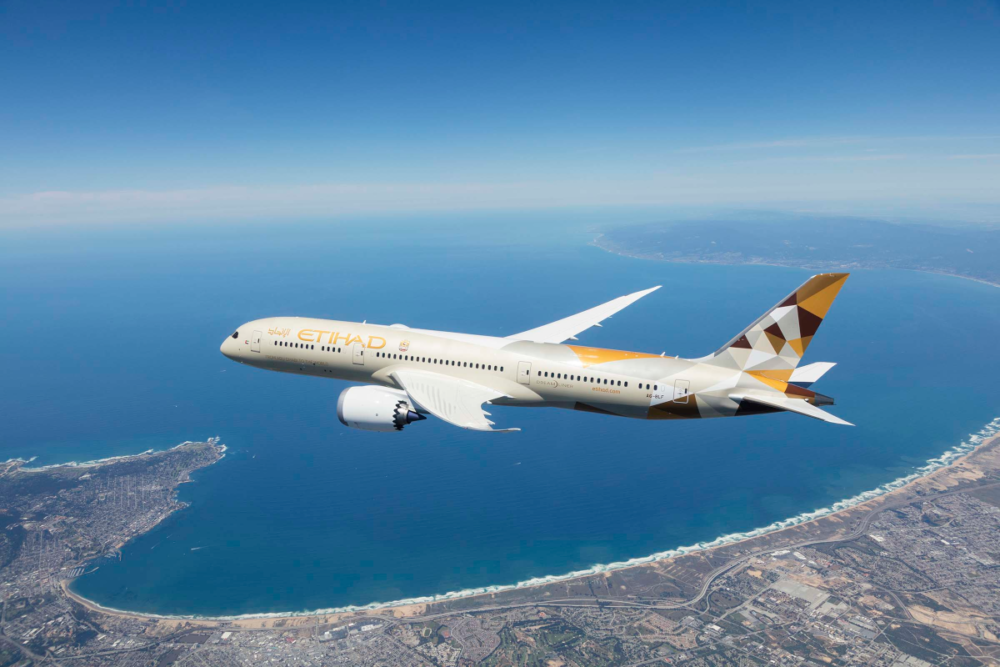After several years of blockbuster losses and failed strategies, Abu Dhabi-based Etihad Airways is transforming itself from a global player into a mid-sized and more tightly focused airline. It isn't an easy process, but in the end, Etihad aims to be a leaner and more agile airline.
Etihad CEO admits the airline made mistakes along the way
In an exclusive webinar interview with Simple Flying, Etihad Airways CEO Tony Douglas spoke at length about Etihad's historical missteps and how he hopes to transform the airline.
"Etihad is 17 years of age. We're a teenager, and we made some mistakes in our earlier teenage years. We're certainly not ashamed of that.
"And I'd like to also think that most of us who've had a few hiccups, and in this case real challenges along the way, if you can recover from them, it wises you up and makes you an awful lot more sustainable going forward."
Citing a failed quasi alliance strategy that adversely impacted Etihad's balance sheet and resulted in a restructuring of the airline's operating model, Tony Douglas said transforming Etihad was about going back to basics and optimizing settings to become a leaner and more agile airline.
Etihad's fleet transformation process
Key to transforming Etihad is the ongoing restructuring of the fleet. Long-haul flying is now the domain of Boeing 777-300ER and Dreamliner aircraft. Smaller Airbus A320-200 and A321-200 planes look after short-haul flying.
Saying Etihad was "desperately disappointed" to retire its A380s, Mr Douglas said the reality is any plane with more than two engines doesn't work.
"It hasn't done for almost half a generation now, and it certainly doesn't anymore because the cost of operations, the fuel burn is simply no longer competitive, or even close to being competitive.
"Sadly, the aircraft is handicapped by two engines too many and a generation of engine design that is way behind the modern aero engines that power the likes of 787s and A350.
The executive added that his airline can almost operate two and a half 787s for the cost of putting one A380 on. Altogether, it simply doesn't make economic sense to deploy the superjumbo..
Stay informed: Sign up for our daily and weekly aviation news digests.
We're not a charity, says Etihad's CEO
While admitting passengers loved the big Airbus jumbos and lauded the inflight product, Etihad's CEO isn't interested in loss-making flagship ventures.
"Like all other airlines, we're not a registered charity. We have to be very commercial in all of the undertakings and decisions that we make.
"The 787 is far and away the winning ticket when it comes to performance and sustainability, financially and environmentally going forward."
But Tony Douglas did throw out the faintest sliver of hope for A380 fans.
"You never say never," he said in the interview. "If the big thick routes post-pandemic come back, if the volume, the load factor, get back to high utilization, but most importantly and the biggest variable in this scenario, if the yield on the ticket gets back, if it can be economically viable to get the A380s back in the air, nothing would give us greater satisfaction."
But satisfaction doesn't pay the bills or fill an airline's coffers. Etihad's lean and agile future is all about two-engine aircraft like Dreamliners and A350s. The Etihad CEO seems likely to write off the A380 as a byproduct of Etihad's misspent youth. Now Etihad is growing up, and the airline isn't keen to make the same costly mistake again.
What are your thoughts about Etihad's plans? Let us know what you think in the comment section.



